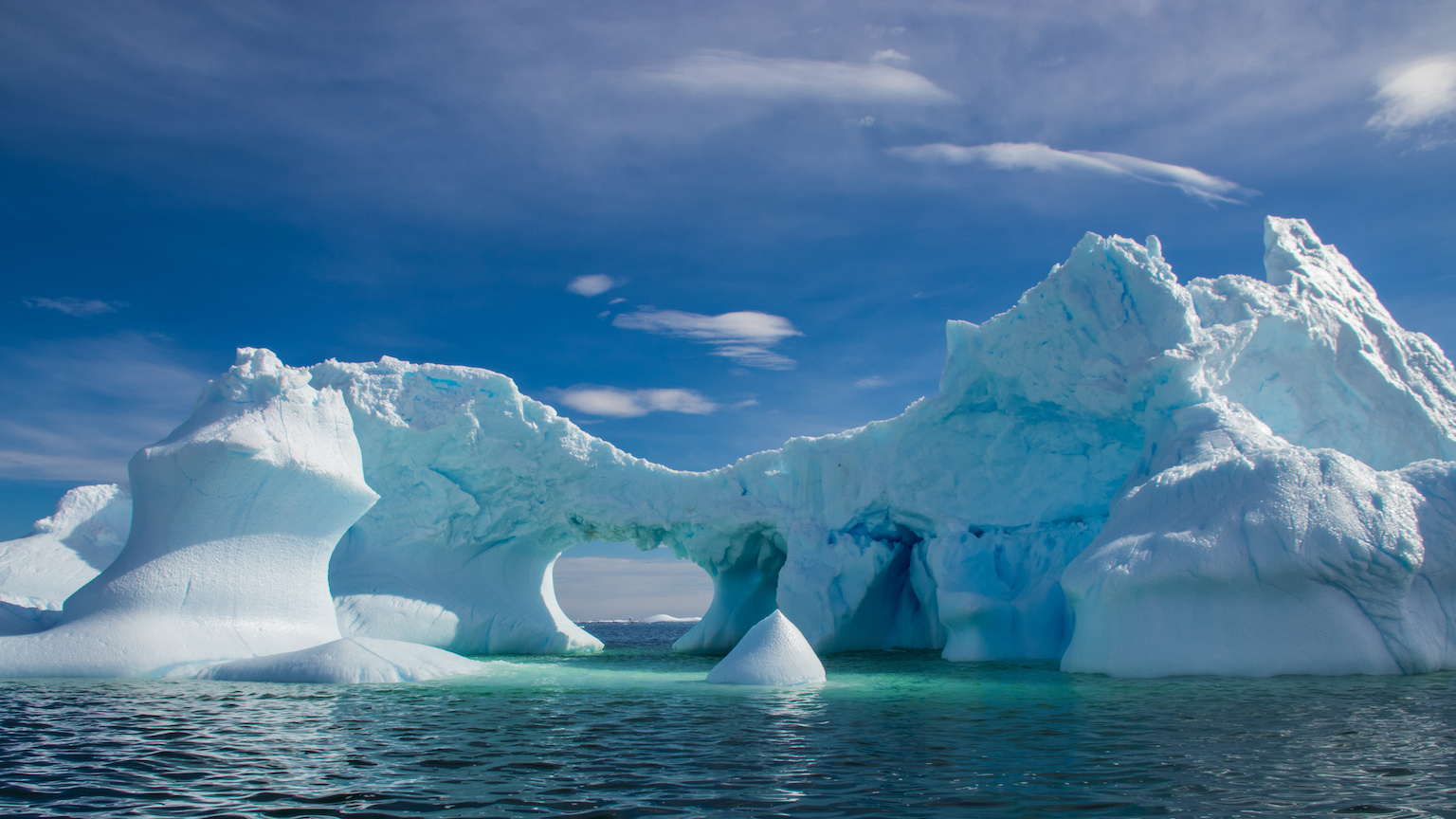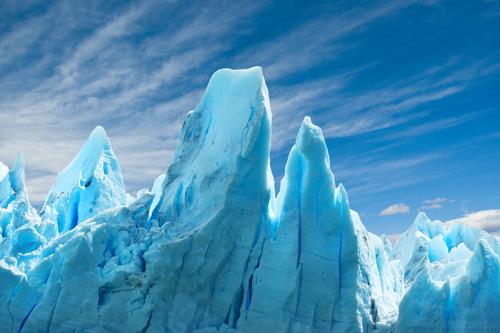Searching For Life Under Antarctica

What’s the Latest Development?
By this weekend, a team from the British Antarctic Survey (BAS) hopes to have an answer to the question of whether there is or was life in the waters of Lake Ellsworth, which has been hiding under a thick layer of ice for at least 100,000 years if not longer. They began prep work on Monday, creating a 300-meter-deep cavity through which a specially-designed high-pressure hot water drill will travel. Once the drill gets to the lake level — in about three days’ time — the team will have 24 hours to drop their probes down to get sediment and water samples before the borehole freezes over. Lead engineer Andy Tait says this is the first time scientists have ever attempted to bore through 3 kilometers of solid ice: “This is a huge, but delicate operation.”
What’s the Big Idea?
Lake Ellsworth is one of hundreds of lakes underneath the Antarctic ice shelf that were formed when the planet’s interior heat melted the ice’s base. Regardless of whether evidence of life is found, University of Bristol professor Martin Siegert says that the mission “will advance our scientific understanding of Antarctica’s hidden world….[I]t’s testing our own personal endurance, but it is entirely worth it.”
Photo Credit: Shutterstock.com




